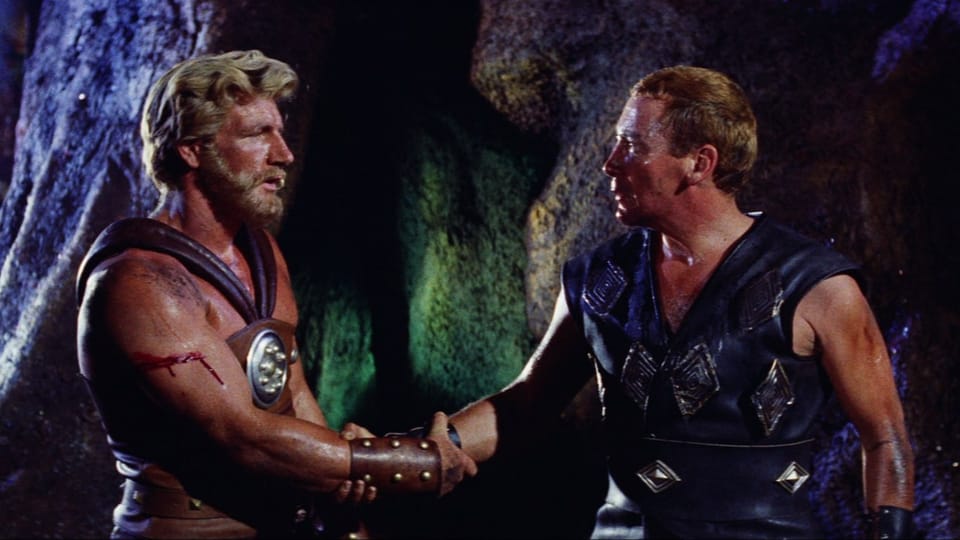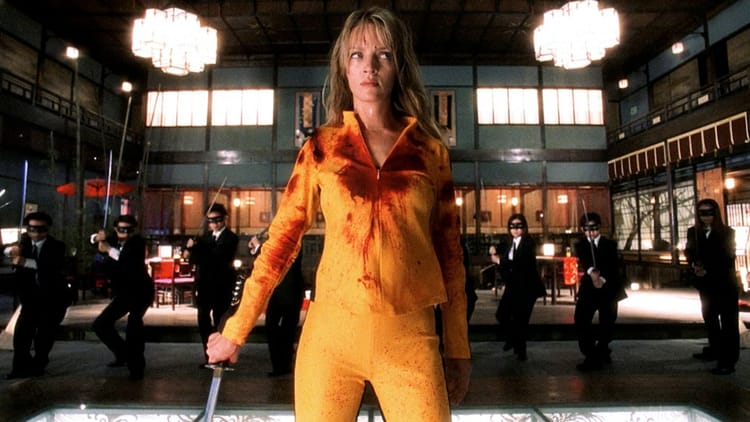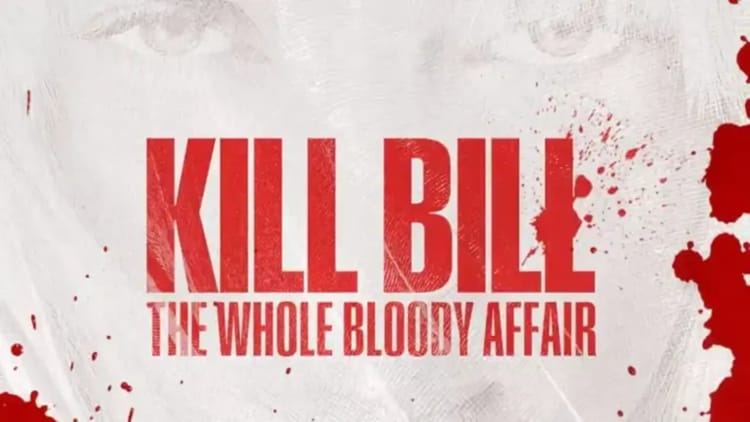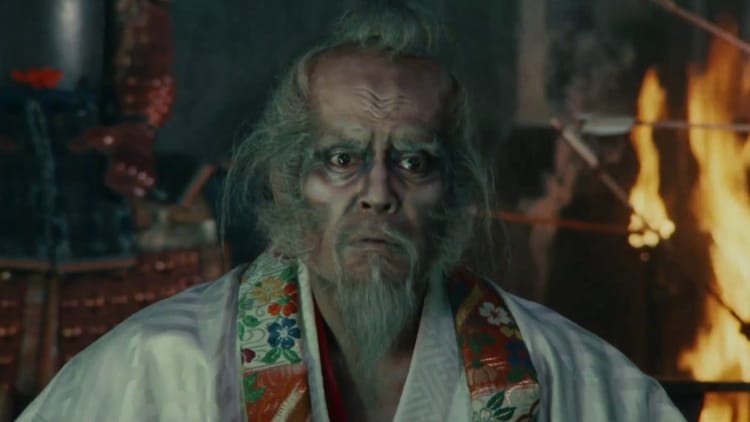Erik the Conqueror

Erik the Conqueror, Mario Bava’s 1961 flick, is a swashbuckling, sword-swinging, blood-soaked adventure that’s way off the beaten path for Bava. This guy, best known for his horror chops on flicks like Black Sunday and Planet of the Vampires, took a hard left and dove straight into Viking territory. And yeah, he’s riffing off that 1958 Kirk Douglas classic, The Vikings (read my review here), but trust me—Bava’s doing his own thing here, and it’s a sight to see.
The story kicks off in 786 AD, when a Viking invasion of England gets straight-up butchered. Now, while I was cracking up at the Viking women rockin’ fur bikinis—because, c’mon, who wouldn’t?—Bava smacks you right in the face with some real brutality: a spear going through both a baby and the mother holding it. Like, damn, man, that’s a gut punch. Then there’s young Erik, bawling his eyes out for his brother Eron as he’s left behind, only to be adopted by the English queen. And here’s where it starts getting juicy.
Erik, played by Georgio Ardisson, grows up all prim and proper as the Duke of Helford, totally oblivious to the fact that he’s actually Viking royalty. Meanwhile, across the sea, his brother Eron—Cameron Mitchell at his broodiest—rises up as the Viking leader, hell-bent on conquering England. Neither of these guys knows the other’s still breathing, and you can just feel that these two are heading for a collision course that’s gonna blow up everything.
So Erik? He’s living it up in the English court, totally clueless about his Viking heritage, while Eron’s plotting his big revenge tour, looking to tear England a new one. Things get heated when Erik’s ship gets taken down, and he ends up face-to-face with his Viking fam. And here’s where the tension cranks up to eleven—brother versus brother, and neither of them knows they’re blood. The stakes are sky-high, and Bava layers in enough betrayal, battles, and holy-shit moments to keep you locked in.
And then you got Rutford (Andrea Checchi). Now, this guy’s a real snake—he’s Queen Anne’s (Françoise Christophe) counselor, but he’s playing both sides, making deals with the Vikings to take down the English crown. His betrayal throws a wrench into the whole game, pushing Erik and the Vikings to form this uneasy alliance. And it’s not just about politics here; it’s about blood, heritage, and who’s gonna come out on top. The family drama? It’s thick, man, and it all builds up to a knockout climax that’s as much about loyalty as it is about vengeance.
Don’t cry. You must be strong. You and I will meet again. And we’ll be happy. Happy as children in the green valley of Odin. Where the sky is clear, every night and every day. And the clouds don’t cover the the moon. As ours is covered. I can no longer see your face.
Now, what sets Erik the Conqueror apart is that classic Bava flair. This guy’s known for his horror, right? But he doesn’t just leave that style at the door. Nope, he brings those bold colors, the elaborate sets, and some killer camera moves that make the whole thing feel larger than life. There’s a scene where you’ve got these long, sweeping crane shots that give this grand scope to the battles, and the lighting? Vibrant as hell. Roberto Nicolosi’s score? That just elevates everything, making the tension and the epic-ness of it all hit harder. And then there’s the stunningly gorgeous Kessler twins—Alice and Ellen—playing Rama and Daya, who get romantically tangled with the brothers. Yeah, that just stirs the pot even more.
But underneath all the sword fights and betrayals, this film’s packing some real themes. Identity, loyalty, and the whole clash between cultures—Erik’s caught between his Viking blood and his English upbringing, while Eron’s torn between conquest and honor. It’s that internal battle that gives this film some serious depth, making it way more than just a hack-and-slash Viking epic. It’s about family, man—brotherhood, betrayal, and the search for peace in a world that’s constantly at war. It’s heavy, and Bava gives it room to breathe between all the action.
Now, this ain’t your average Viking flick, alright? Italy cranked out a bunch of these sword-and-sandal movies in the ’60s, but Bava’s direction lifts Erik the Conqueror way above the rest. Yeah, you’ve got your classic Viking iconography, but Bava’s artistry—those intense colors, dramatic lighting, and slick camera work—makes it feel fresh, alive, and totally unique. His use of dolly movements and those crane shots during the action scenes? That’s next-level stuff, especially for the time.
Critics back in the day were all hung up on the violence—sure, there’s a spear going through a baby scene I mentioned, but compared to what we see today? This was just the beginning. Modern audiences have caught on, though, seeing this flick as a precursor to the more graphic battle scenes that would come later. It’s a mix of historical adventure with fantasy elements, and Bava’s signature style pushes it into its own league.
When you strip it all down, Erik the Conqueror isn’t just some Viking romp. It’s a masterclass in how to blend action, drama, and visual storytelling. Bava shows off his versatility here, bringing emotional depth to a genre that’s usually more about spectacle than substance. The brotherhood, the betrayals, the redemption arcs—all of it hits, and the quieter moments have just as much weight as the bombastic battle scenes. This isn’t just a cult classic; it’s a hidden gem in Italian cinema that keeps drawing in new fans with its bold storytelling and eye-popping visuals. And whether you’re watching it for the first time or the fiftieth, it’s a flick that keeps you hooked from start to finish.





